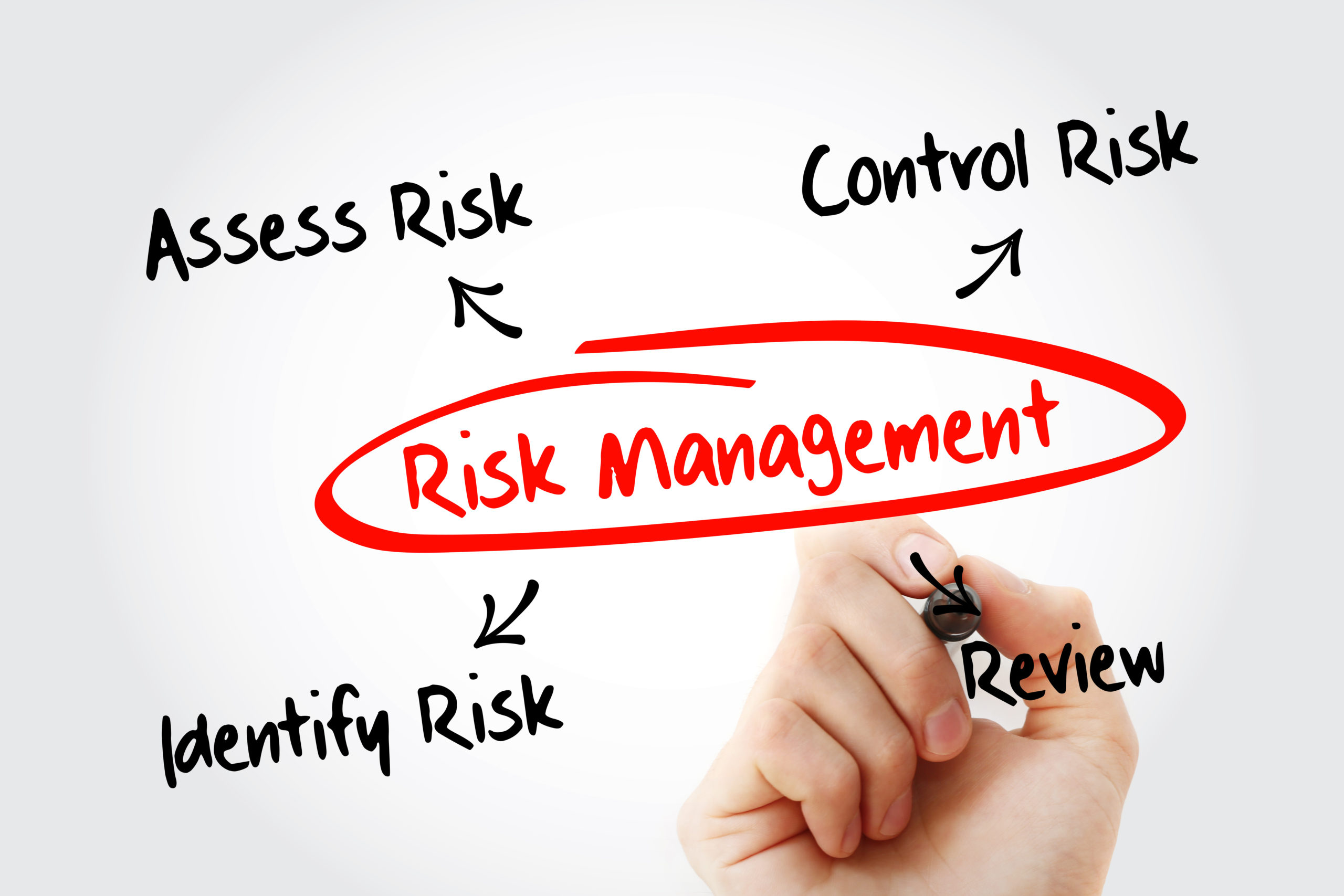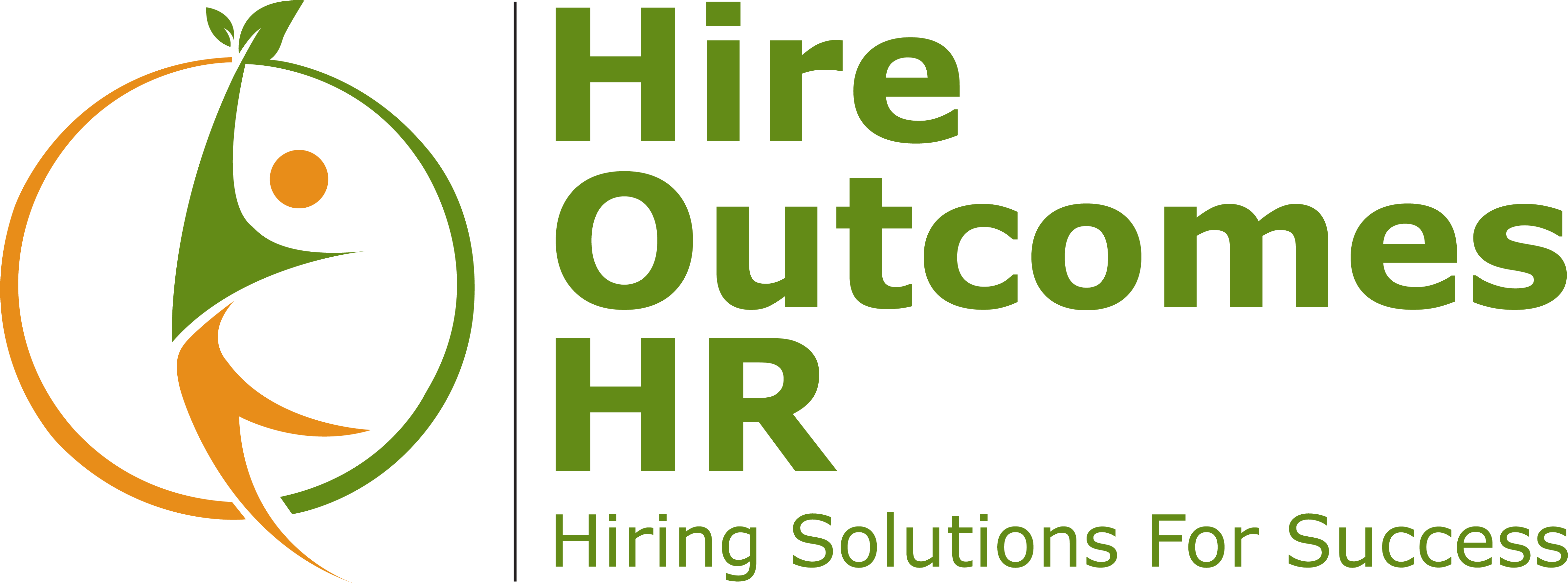Reducing Outsourcing Risks
Reducing outsourcing risk is important to those organizations who have decided to try outsourcing. According to the Society for Human Resource Management (SHRM), there are three stages that organizations need to address as they move toward outsourcing. They are:
- Transferis an event, the action of moving responsibility for assets and people, leases, contracts, and licenses from one organization to another.
- Transitionis about the physical movement of processes from one organization to another.
- Transformationfrom the current environment to something better, faster or cheaper is almost always the driver for outsourcing in the first place.( Transition to Outsourcing: How To Minimize Risk (shrm.org))
The article goes on to say that reducing the risk of transitioning to outsourcing is the stage where most risk needs to be reduced. One key to effective transition to outsourcing is to assign the process to someone or a team of people who can focus their time on getting things set up to be effective. SHRM points out that, “It is essential that a basis for continuing service excellence is established, and that the perceptions of people are managed to ensure that everyone involved has the right level of expectations with regard to service acceptance and subsequent delivery.” Following the process of transition is a good way to help reduce the risks of managing the change. SHRM points out the following steps as part of this process:
- Review and check on the (outsourced) supplier’s transition and transformation plan as part of the best and final offer.
- Provide objective judgment on activities and costs.
- Define scope, deliverables, timescale, and acceptance criteria.
- Identify risks.
- Establish governance structures.
- Create teams (steering committee, transition and transformation team, communication team).
- Advise on working council activities.
- Create a project and implementation plan or review and enhance any existing plans.
Hire Outcomes HR seeks to make transition to outsourcing easier by providing a clear process and by having a range of service options available.

Objectives according to SHRM for a transition to an outsourced provider include:
To achieve this transition to outsourcing, the following objectives must be met:
- No disruption for the end users. To ensure that the transfer of services to supplier is transparent to the end user (i.e., the end user suffers little or no disruption, and that service levels are, at a minimum, maintained at the current levels).
- Establishing end-user perception of the suppliers and the services. To ensure that the perception of the end user to the new service arrangements are clear, positive, and supportive.
- No disruption for the staff. To ensure that the staff, either being transferred or remaining with the customer (or incumbent supplier), remain focused on delivering—and motivated to deliver—the service. People transferring must be treated with respect and dignity, and it is appropriate for the customer to have significant input to the supplier’s internal communication process to ensure that this is so.
- No disruption to work in progress on projects. To ensure that all projects that are current during transition are identified, the responsibilities for completion defined and signoff parameters agreed between all parties involved.
- Establish working practices and procedures. To ensure that key staff is put in place and to build and implement processes and procedures that enable effective interface and control at all levels (executive, management, users, and other suppliers).
- Verify and agree on service levels. To ensure that achievable service levels are defined, that sensible measurement is in place, and that the supplier’s ability to meet these levels is verified.
- Establish a continuous improvement program. To ensure that parameters are defined within which the supplier is to use its service delivery skills and competency to improve the service, and to establish this as an ongoing program with agreed budget and targets.
As a provider the outsourced organization should assure that they have the needed resources and set up ways to govern the relationship in advance. Here are some addition excerpts of the article on mitigating risks of outsourcing from SHRM.
Ownership and Resources
Effective outsourcing relationships are the result of realizing mutual business benefits and helping each other to do so. The customer and supplier must, therefore, mutually manage the transition process and actively work together to ensure successful transition.
It is certainly true that the supplier will undertake much of the activity during transition, but the precise nature of the customer/supplier split of activities will evolve as the preferred “solution” becomes clear and typically after the transition definition workshop, but the transition project will require cooperation between the supplier and the customer.
The supplier will provide the majority of resources and probably will bring greater experience to the project than will the customer (except of course for the insight into the customer’s precise requirements and processes). This is where engaging with specialist sourcing consultants for the transition lifecycle who solely represent the interests of the customer can reduce risk significantly.
Most customers will look to the supplier to provide an outline transition plan and support them in constructing their part of the project. It is assumed that the supplier will provide such a plan as part of their response to the RFP.
Governance
The scope of transition planning should include governance (project board and specific project team) and the use of a structured project methodology approach.
Key requirements to a successful transition (outputs from due diligence and negotiations) include:
- The original business case that will clearly define the required business benefits and timescales for the outsourced services.
- Statement of work defining the scope of the service and responsibilities, detail of assets, if any, and contracts to be transferred plus detail of staff (including terms and conditions) to be transferred.
- Detail of the services to be transferred (together with agreed service improvements and service level improvements).
- Detail of costs (baseline and ongoing budget).
- Framework transition plan.
- A structured project approach agreeable by both parties.
Key deliverables of successful transition include:
- Retained organization in place (demand and supply).
- Employees and assets transferred to supplier.
- Regular service and contract meetings scheduled.
- Formal SLAs and key performance indicators (KPIs) in place.
- Service level reporting.
- Invoice scheme implemented (supplier).
- New procedures documented.
- Formal relationships established (client, supplier, third parties).
- Smooth handover from transformation to operation with the establishment of a future-proof (business) platform to manage the outsourced services.
Summary
Transition is the most complex and demanding element of the execution phase of outsourcing. It is often delivered in the glare of unrealistic expectations while at the same time dealing with uncomfortable things such as staff redundancy.
This is often the period where relationships between customer and supplier are strengthened and reinforced or fractured and weakened. To improve the chances of a positive outcome, use the best practice principles with proper planning from both sides using people experienced in transition.



No responses yet